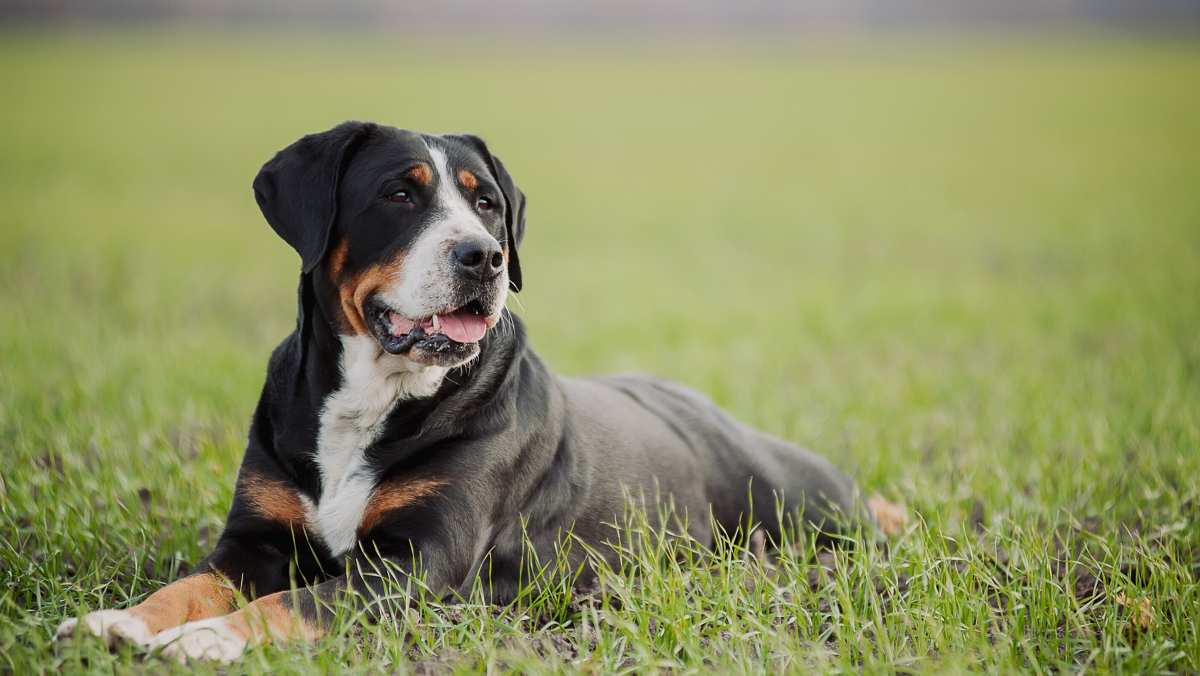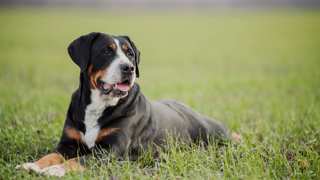Greater Swiss Mountain Dog Breed Details
A long time ago, the Greater Swiss Mountain Dog was primarily used to pull carts of all kinds: wood, dirt, rocks, food, and a multitude of items for sale in the streets of towns and cities throughout Europe. They were also used for herding, protection and companionship. These days, they are used for a fair bit for work but primarily are pets for people. They are easy-going dogs that mature slowly. First-time dog owners who have patience and space for the Swissys should be fine. There is plenty of information about these dogs despite the breed being only a century or so old.
Here are some Greater Swiss Mountain Dog facts that can help you understand the breed:

